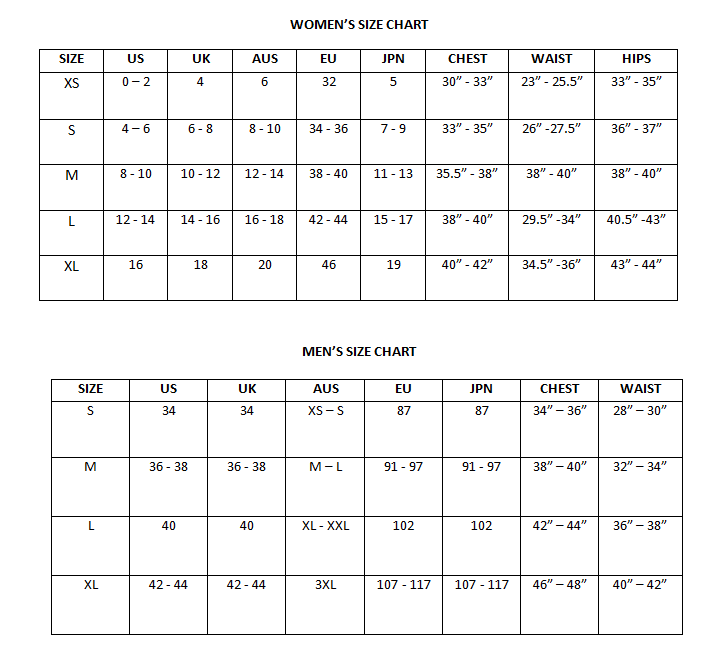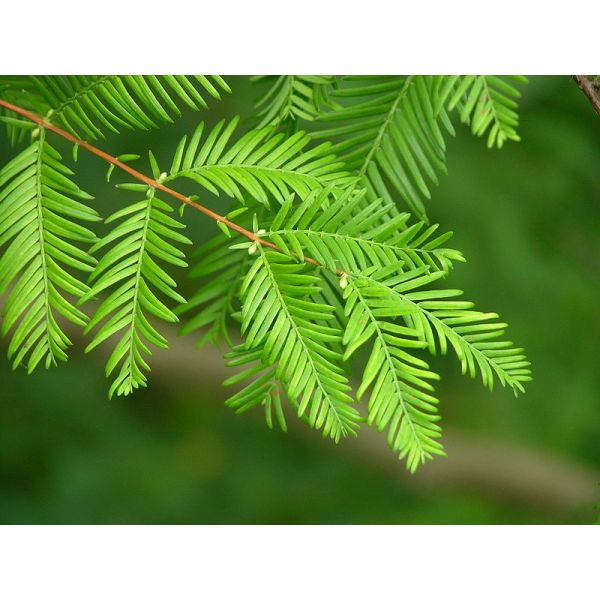Dawn Redwood Seeds (Metasequoia Glyptostroboides)
Dawn Redwood Seeds (Metasequoia Glyptostroboides)
Fast-growing deciduous conifer, perfect for large landscapes with its striking fall color and pyramidal shape.

Delivery
All orders shipped with UPS Express.
Always free shipping for orders over US $250.
All orders are shipped with a UPS tracking number.
Returns
Items returned within 14 days of their original shipment date in same as new condition will be eligible for a full refund or store credit.
Refunds will be charged back to the original form of payment used for purchase.
Customer is responsible for shipping charges when making returns and shipping/handling fees of original purchase is non-refundable.
All sale items are final purchases.
Help
Give us a shout if you have any other questions and/or concerns.
Email: contact@domain.com
Phone: +1 (23) 456 789
Availability: In stock
SKU
Metasequoia Glyptostroboides
Metasequoia glyptostroboides Seeds – Grow the Dawn Redwood
Metasequoia glyptostroboides, commonly known as the Dawn Redwood, is an ancient tree species believed to be extinct until it was rediscovered in China in the 1940s. This fast-growing, deciduous conifer is known for its elegant, feathery foliage and striking, pyramidal shape. It is closely related to the Giant Sequoia and the Coast Redwood, sharing many of the same features but with a unique seasonal twist.
A Remarkable Tree for Any Landscape
The Dawn Redwood is an excellent choice for large gardens, parks, or as a specimen tree in a variety of climates. Its ability to thrive in moist, well-drained soils and its resistance to disease make it an easy tree to care for. In the fall, its foliage transforms into a stunning display of orange, red, and gold before dropping for the winter.
How to Germinate Metasequoia glyptostroboides Seeds
Metasequoia seeds require stratification to encourage germination. Soak the seeds in warm water for 24 hours before placing them in a cool, moist environment for several weeks (around 4°C or 40°F). After stratification, sow the seeds in nutrient-rich soil and keep them consistently moist for optimal growth.
| Common name | Dawn Redwood |
|---|---|
| Family | Cupressaceae |
| Genus | Metasequoia |
| Species | Metasequoia Glyptostroboides |
| Germination | After the cold stratification, fill 4-inch plastic pots with potting soil until the soil level is 1/2- to 1-inch below the top. Fill the pots with water two to three times, or until water runs out of the drainage holes at the pots' bottoms. Let the pots sit until the excess water finishes draining. Remove the seeds from the refrigerator. Plant one seed per pot. Place the seed in the center of the pot and push it 1 inch down into the soil. Cover the seed with potting soil and press it down firmly, but gently. Place a heat mat on a flat surface near a window that receives bright, indirect sunlight. Set the mat's temperature to 70 degrees Fahrenheit. Place the pots on top of the mat. Water the seeds every few days to keep the soil moist, but not wet. Observe the seeds for the next 60 days for signs of germination. Transplant the dawn redwood seedlings into 1-gallon pots when they reach 4 inches in height. |
| Scarification / Stratification | Hold a handful of peat moss under a stream of water until it is thoroughly wet. Squeeze the moss gently to remove excess water. Place the moistened peat moss into a plastic bag. Add the seeds to the bag and seal it closed. Shake the bag gently to mix the seeds and moss together. Place the bag in a refrigerator for 90 days to cold stratify the seeds to break the embryo dormancy. |
| Price View | Price Range |

